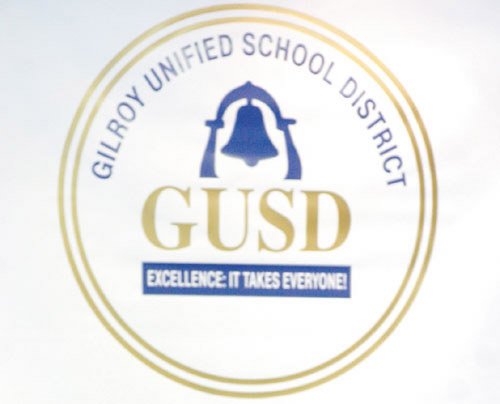The district needs to close a pervasive gap in standardized test
scores that separates average students from poor students and those
struggling to learn English, trustees agreed.
Gilroy – The district needs to close a pervasive gap in standardized test scores that separates average students from poor students and those struggling to learn English, trustees agreed.
At a Gilroy Unified School District study session Thursday, district staff presented trustees with more than 60 pages of information on the so-called achievement gap. The information helped to identify which gaps were the most important in the district and will help them draft a position statement at a later date, trustees and Superintendent Deborah Flores said.
“The group seemed to collectively get a deeper appreciation for the nature and understanding for the needs that we have,” trustee Jaime Rosso said.
The meeting focused on establishing the achievement gap as a relevant concern and defining which gaps existed in the district, Assistant Superintendent of Educational Services Basha Millhollen said.
Trustees had questioned whether the using the phrase “achievement gap” would ring hollow because of overuse in recent years, she said. To counter this, she presented them with seven articles on the gap published within the past three years and a list of upcoming gap conferences run by major agencies, such as the California Department of Education.
The achievement gap is “not passe, it’s not irrelevant,” Millhollen said. “It’s more relevant because we haven’t done anything about it in the past eight years.”
She also presented trustees with data that broke down student performance on the California Standards Test for the past five years along ethnic, socioeconomic and linguistic lines.
“I don’t think we’ve had that level of specificity,” said trustee Pat Midtgaard, who has served on the board since 2004.
The data suggest that the groups most in need are English language learners and poor students, referred to as low-socioeconomic students, Flores and trustees said.
The performance of these groups needs to be accelerated while continuing to improve the performance of the already high-achieving students, they said.
The study session contrasted with two September board meetings, during which trustees clashed over whether to include the phrase “narrowing the achievement gap” in their list of board priorities.
The contention rose because some trustees worried that the language could result in staff closing the gap by lowering the high-achievers’ performance. This worry has been addressed, trustees said.
The board will produce a board position in the coming month and reexamine its board priorities, including a superintendent-drafted phrase on the achievement gap, at an Oct. 18 board meeting, Flores said.
At the meeting, Flores will present a timeline and measures of accomplishing the board’s goals. Her ability to accomplish these goals will be linked to her quarterly evaluations.
Trustees will also look for the results of an ongoing program audit to formulate strategies that would accomplish these goals. The audit should reveal which programs are working and which need to be eliminated, Flores said.
The district is not daunted by the general lack of success districts nationwide have had in closing the achievement gap, Flores added.
“You can’t use poverty as an excuse for kids not achieving,” she said. “There are so many districts who are doing a great job with disadvantaged children and we want to be one of those districts.”















